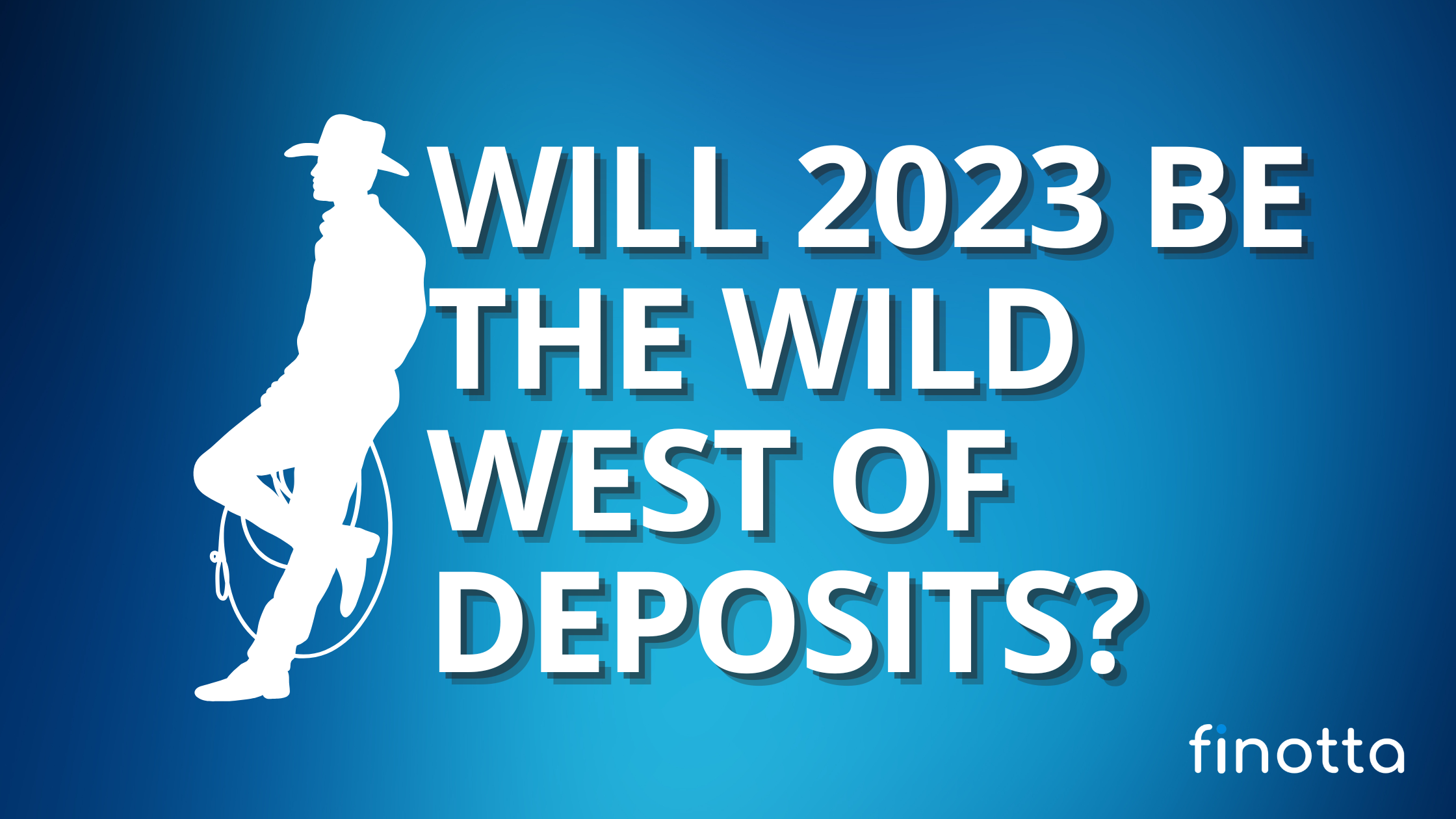Finotta
Apr 25
5 min read

